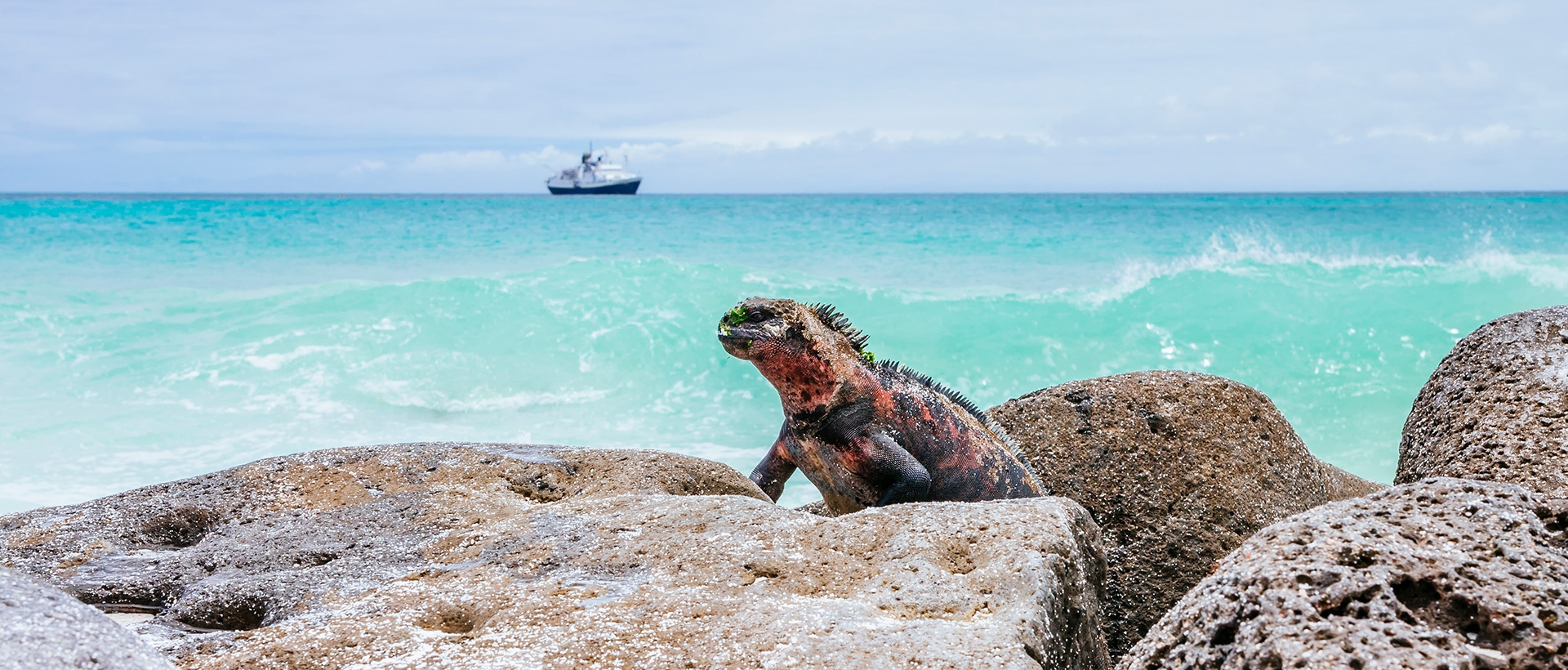Best Time to Visit Ecuador
We have pulled together this guide on when to visit Ecuador. Ecuador can be visited year-round, however there are optimum times to go depending on your Ecuador holiday destinations and the things you want to do there. December to March is peak time to visit Ecuador, with agreeable weather all round.

Quito’s temperature varies greatly between night and day due to its position on the equator and its altitude. Daytime temperatures average 23-25ºc, while at night temperatures drop to around 10ºc. In general, days are clear in the morning and cloud over in the afternoon, with rain common in the afternoon. The Andes has a drier season from the end of May to the end September, with another brief summertime in early December (which coincides nicely with the city’s fiestas). The higher the altitude in the Andes, the cooler it becomes, especially at night. In the Galapagos from January to June it is typically hot and sees sunny days and blue skies interspersed with showers. The rest of the year is generally cloudier and cooler. The average temperature ranges from a pleasant 20°c to 28°c, however being on the equator the sun is very strong. From July to September the seas can be heavier and boats tend to go into dry dock for their annual refurbishment around this time. The Galapagos can be great off season if you wish to enjoy this National Park without all the crowds, and the wildlife can be seen all year (although please speak to your travel specialist if there is a particular species you are interested in catching!). Due to limited permits in the Galapagos we advise to book well in advance. The Amazon has no defined dry season and rain can be expected at any time of year, being a tropical rainforest. The Cloudforest has a lot of rain but you will usually find sun each day as well. Daytime temperatures average 25-28ºc, while at night temperatures drop to around 16ºc. The drier season runs from the end of May to the end September.
Our Experts Say...
"The Galapagos is a year-round destination, with incredible wildlife viewing opportunities every month. If you have a specific species on your wish list, I recommend discussing this with your travel specialist to ensure you travel at the best time. Whether it be the waved albatross on Española Island - seen between May and December - or the puffed-out chests of the frigate birds on Genovesa - seen only between April and June - we can plan around your desires to ensure that you are visiting at the perfect time.
"Otherwise, the Galapagos seasons are split into two: warm and wet (December - May) and cool and dry (June - November). The waters of the archipelago are roughest between August and October in case you're considering a cruise experience. The cooler months attract more marine life as food is in abundance, which make it great for snorkelling, although visibility can be a little better in the warmer months in case you're planning to dive."
Simon Hunt, Latin America Specialist
Monthly Climate Guide for Ecuador
, Ecuador
Average temperatures (Celsius) and rainfall (mm)

Our team of travel specialists are waiting to help you book your next adventure.